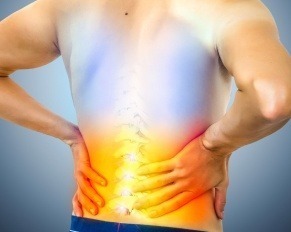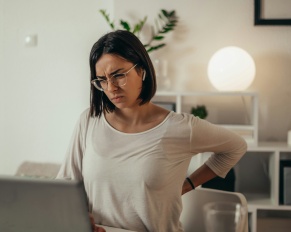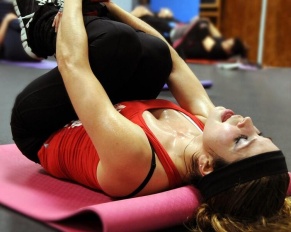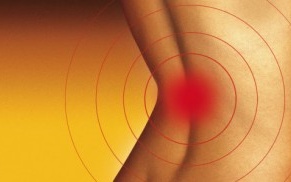Pain in the lower left side of the back is common, frustrating, and can stem from numerous causes, including muscle…


Pain in the lower left side of the back is common, frustrating, and can stem from numerous causes, including muscle…

Lower back pain is one of the most common physical complaints during pregnancy. In fact, studies suggest 50% to 70%…

Back pain is one of the most common complaints among adults over the age of 65. For many seniors, it…

Have you ever woken up in the morning with serious back pain? Your sleeping posture might be to blame. Burning…

Millions of people experience acute or chronic back pain every year, and it’s one of the most common reasons to…

Originally posted on: https://healthbennies.com/preventing-spinal-stenosis-sports-practices-and-exercises-for-a-healthier-back/ Spinal stenosis, a condition characterized by the narrowing of the spinal canal, poses a significant…

Cervical spine deformities, a group of conditions that distort the normal curvature of the neck, have been a subject of…

A slipped disc, also known as a herniated disc, is a prevalent condition that can cause significant back pain and…

Back pain is a prevalent issue that affects individuals of all ages, but it holds particular significance in the realm…

We’ve all seen the pictures of the hunched-over elderly person who has to walk with a cane. It’s one of the first things that come to mind when we think of older folks’ ailments… back problems. But is back pain a normal sign of aging? Does it really have to be this way? Must we suffer with back problems, medical conditions of the spine, and back pain, just because we’re headed toward our senior years? The answer is an unequivocal ‘Absolutely not! Back pain is not an inevitable, unavoidable part of getting older. In fact, many people throughout the country find that ‘aging gracefully’ includes aging without having to suffer with it.